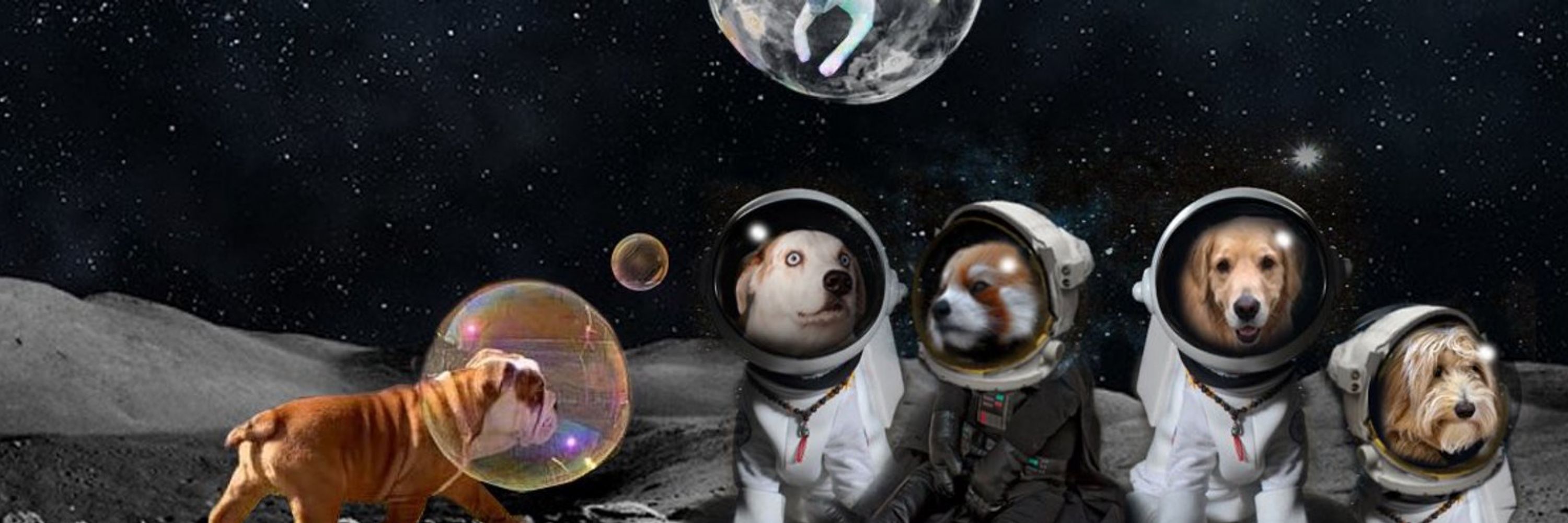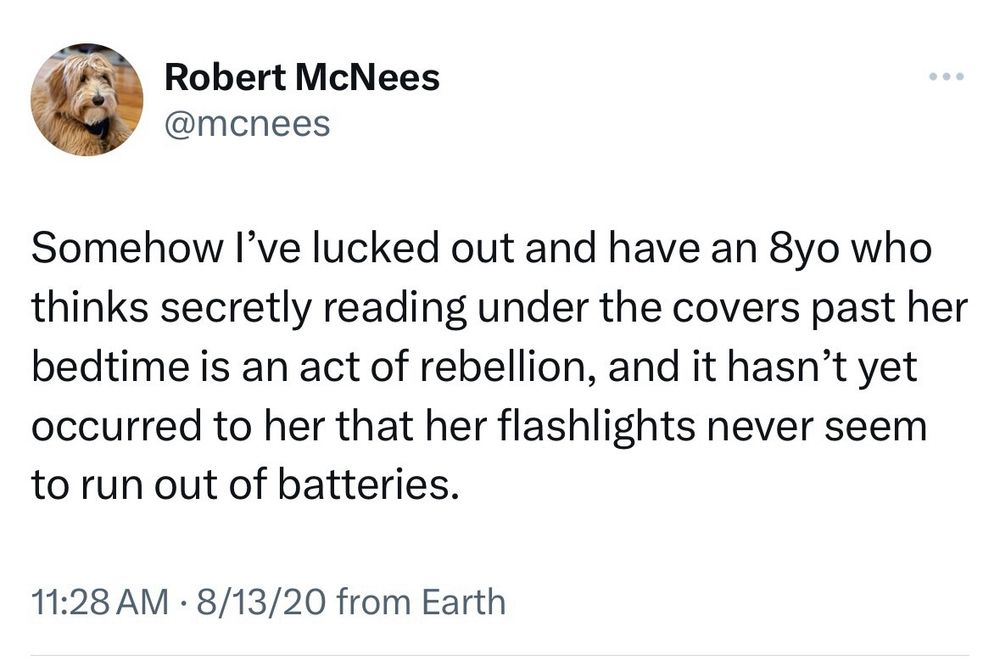




<plink plink plink plink>
One
is the loneliest number of
gummy bears
Two
can be as bad as one
it’s the second worst number of
gummy bears
<plink plink plink plink>
One
is the loneliest number of
gummy bears
Two
can be as bad as one
it’s the second worst number of
gummy bears
This year it was hit with multiple rounds of layoffs – especially scientific staff – the current administration's attempt to functionally dismantle it.

This year it was hit with multiple rounds of layoffs – especially scientific staff – the current administration's attempt to functionally dismantle it.

The EPA (which recently went through multiple rounds of cuts to scientific staff) has to release its updated decision on the safety of glyphosate sometime next year.

The EPA (which recently went through multiple rounds of cuts to scientific staff) has to release its updated decision on the safety of glyphosate sometime next year.


My daughter's first trip to the movies was at The 400. It is a neighborhood treasure. This is great.
My daughter's first trip to the movies was at The 400. It is a neighborhood treasure. This is great.

… and that snow golem watched over our house for the rest of the winter. Or maybe she was just watching us, it’s hard to say. But she was always there, watching. The neighbors never did find their cat.

… and that snow golem watched over our house for the rest of the winter. Or maybe she was just watching us, it’s hard to say. But she was always there, watching. The neighbors never did find their cat.


Portrait: Lev Kryukov (wikimedia)

Portrait: Lev Kryukov (wikimedia)

Portrait: Lev Kryukov (wikimedia)



